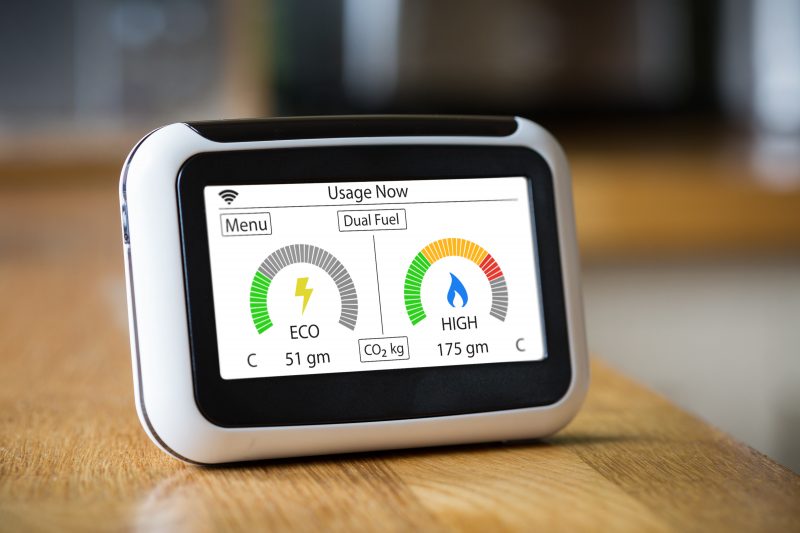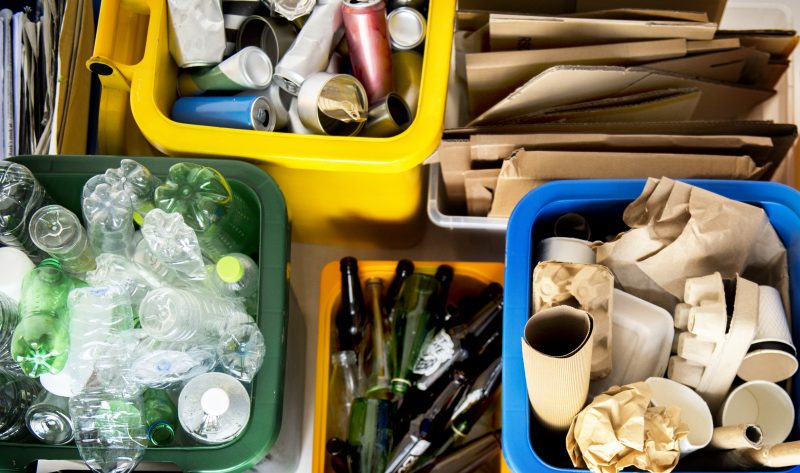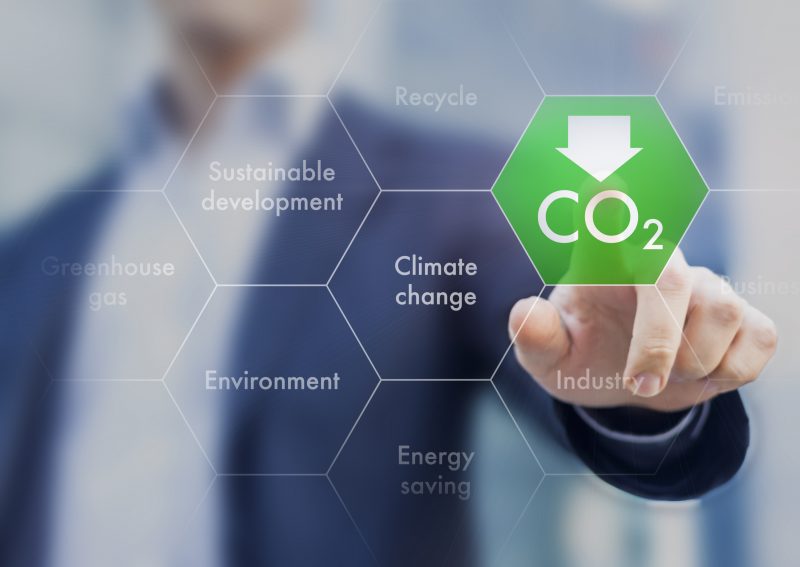You’ve ditched your diesel- or petrol-powered car for an electric vehicle—or better yet, a bicycle. You’ve made an effort to consume less meat and fil
You’ve ditched your diesel- or petrol-powered car for an electric vehicle—or better yet, a bicycle. You’ve made an effort to consume less meat and fill your refrigerate and plate with fewer food miles and a smaller carbon footprint. But while you are personally a low-carbon model of climate purity, how much is your business contributing to greenhouse gas emissions? Maybe you’ve switched onto a green commercial electricity tariff and you always make sure you turn off the lights when you shut up shop. But have you considered the waste your business is producing, the mileage racked up by the products you deliver and those that are delivered by you, the impact of your supply chain or your last flight to that conference in Geneva?
Human civilisation urgently needs to reduce its burning of fossil fuels to keep global warming within safe limits. But on a more local level, reducing your business’ carbon footprint can help trim costs today as well as future-proof your finances for a changing climate, protecting you against rising costs of energy and levies on energy use and on carbon emissions—so-called carbon pricing.
You won’t be alone in greening your enterprise. The biggest companies in the world have recognised the vital financial—and existential—threat posed by climate change. Unilever has pledged to become “carbon positive” by 2030.

Here’s how you start today.
Reduce and green your energy use
For most businesses, energy use accounts for 50% of their carbon emissions. Curb your electricity use by installing LED lights, setting lights on timers or sensors to ensure they switch off, and switching off office equipment like computers and copiers rather than leaving them on standby all night long. To cut the carbon impact, and costs, of your heating systems, insulate your premises and upgrade your boiler.
To monitor your energy use, install and frequently consult a smart meter, keeping tracking of where your kWh—and sterling and kg of CO2 are going—and identifying places to make savings.
As a bonus, reducing your energy use will also reduce the amount your business is taxed via the Climate Change Levy (CCL).
You can also opt for a renewable business energy tariff from a green supplier, with electricity generated from 100% renewable sources and an increasing percentage of biomethane in gas.
Reduce fuel use
Transport accounts for 26% of the UK’s total greenhouse gas emissions. Cut your venture’s impact by being more conscious about travel, among your staff and your goods. Try to minimise business travel; make your company’s fleet more energy efficient, or even electric; be strategic in dispatching deliveries; and encourage and incentivise your employees to carpool to work or to cycle, with bonuses for doing so and places for them to store bikes.
Head to Skype, not the airport
Business travel is not only exhausting and expensive; it can significantly swell your business’ carbon footprint, especially if you’re taking to the skies. A single economy seat on a round-trip transatlantic flight, from London to New York, can add 1 metric tonne of CO2 to the atmosphere. That’s an eighth as much as the average British household consumes in a year—and it’s all over in a few hours.
As the quality of video conferencing has improved and it’s been proven during lockdown that it works. The need to board those flights and be in the same place as your clients, colleagues, and competitors, at meetings, conferences, and summits, has fallen. Video conference yourself into a meeting and you’ll be making huge emissions savings—and you don’t have to go through security and take off your shoes to boot.
Of course, we can understand if you’ve found some top deals for golf in Portugal, we are not saying business meetings on the links should stop. Just that sometimes video conferencing may be just as good.
Reduce waste
Things you throw away—be it industrial waste, shredded paperwork, or the remnants of that employee luncheon—that end up in a landfill produce methane, a greenhouse gas. In fact, the waste sector, comprising landfills, water waste handling, and waste incineration, account for 3.1% of the UK’s greenhouse gas emissions. Undertake a comprehensive recycling scheme across your offices, shops, warehouses, and manufacturing sites. Consider having waste that can’t be recycled incinerated in an Energy from Waste (EfW) plant, where your business’ byproducts can be turned into energy—another form of recycling!

Consider your supply chain
When determining your business’ carbon footprint, you can’t just account for what happens under your roof, or in your car pack. You have to conceive of your business as one cog in a larger economy, much as you do when assessing costs and making profit projections. What impact are companies in your supply chain having upon the environment? What’s the carbon footprint of the goods you use—from their production to their transport to their disposal? If you have a lengthy supply chain, consider adopting sustainable sourcing and procurement principles to reduce your carbon footprint.




COMMENTS